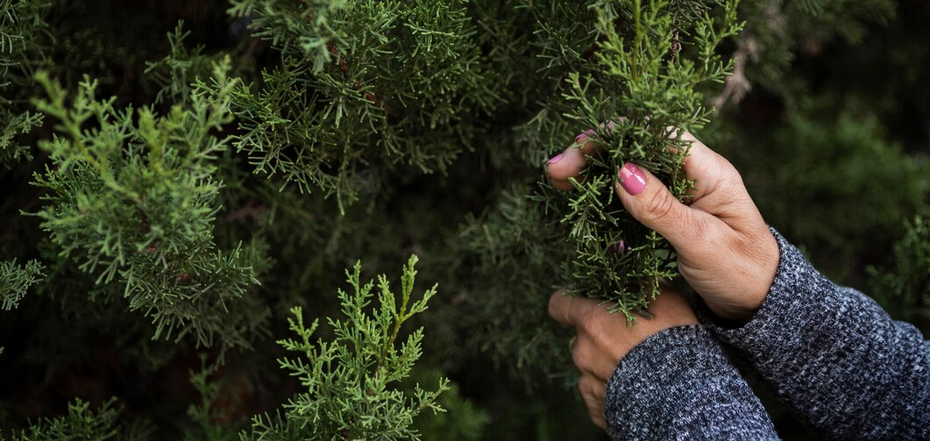News
How to prepare thuja for winter: what to do in November
Thuja is one of the most popular ornamental plants, whether you are decorating a garden or a small front garden in the city. However, they often suffer from cold weather in winter and therefore need proper winterization.
In November, it's time to take care of thuja before wintering. Onet Zielony experts advised how to do it correctly.
Autumn watering
November can be variable in temperature, but before the ground freezes, thuja should be watered, especially if it was a dry fall. Lack of water in the ground during the winter months leads to serious stress and the plant may even die. Therefore, choose a day without frost and give the thuja a water-charging irrigation. The water should reach the deepest roots. Thuja will lose moisture even in frost, so it needs moisture reserves in the soil.
Mulching
Mulching is a great way to protect thuja roots from freezing. Simply spread suitable material on the ground around the trunk to cover them. Pine bark or sawdust, peat, or compost are suitable. Mulch not only prevents heat loss but also helps to retain moisture in the soil, which is extremely beneficial for thuja in winter. In addition, mulch inhibits the growth of weeds in the spring, which can compete for water and nutrients with thuja.
Wind and snow protection
Gusts of winter wind and a heavy layer of snow can lead to deformation of thuja branches or even damage. To prevent this from happening, you should take care of tying the plants with a ribbon made of jute fabric or agrofabric.
Fertilizing thuja in November
November is the last time to provide thuja with nutrients. It is best to use special autumn fertilizers rich in potassium and phosphorus. These elements stimulate lignification of the shoots, which increases their resistance to low temperatures. But fertilizers containing nitrogen should be avoided. They stimulate plant growth, which is inappropriate in November. Waking up in this month, the plant may simply not survive the winter.
Health check-up
In November, you should carefully examine thuja for signs of disease and pests. Dry, yellowed needles can be a signal that the plant lacks moisture or has been attacked by pests. Mechanically remove the damaged parts and, if necessary, treat the tree with appropriate protective preparations.
Subscribe to the OBOZ.UA channels in Telegram and Viber to keep up with the latest events.




























